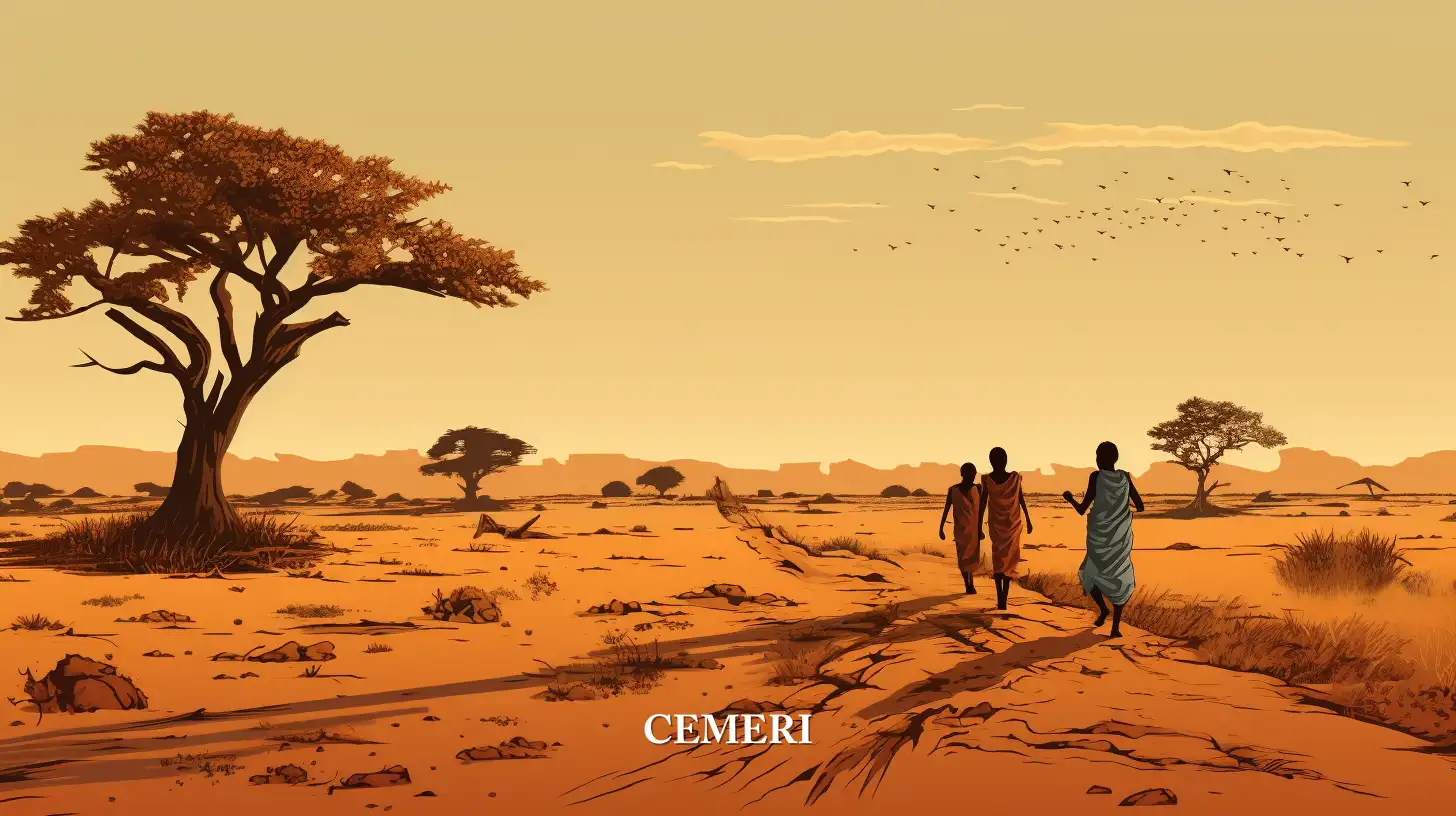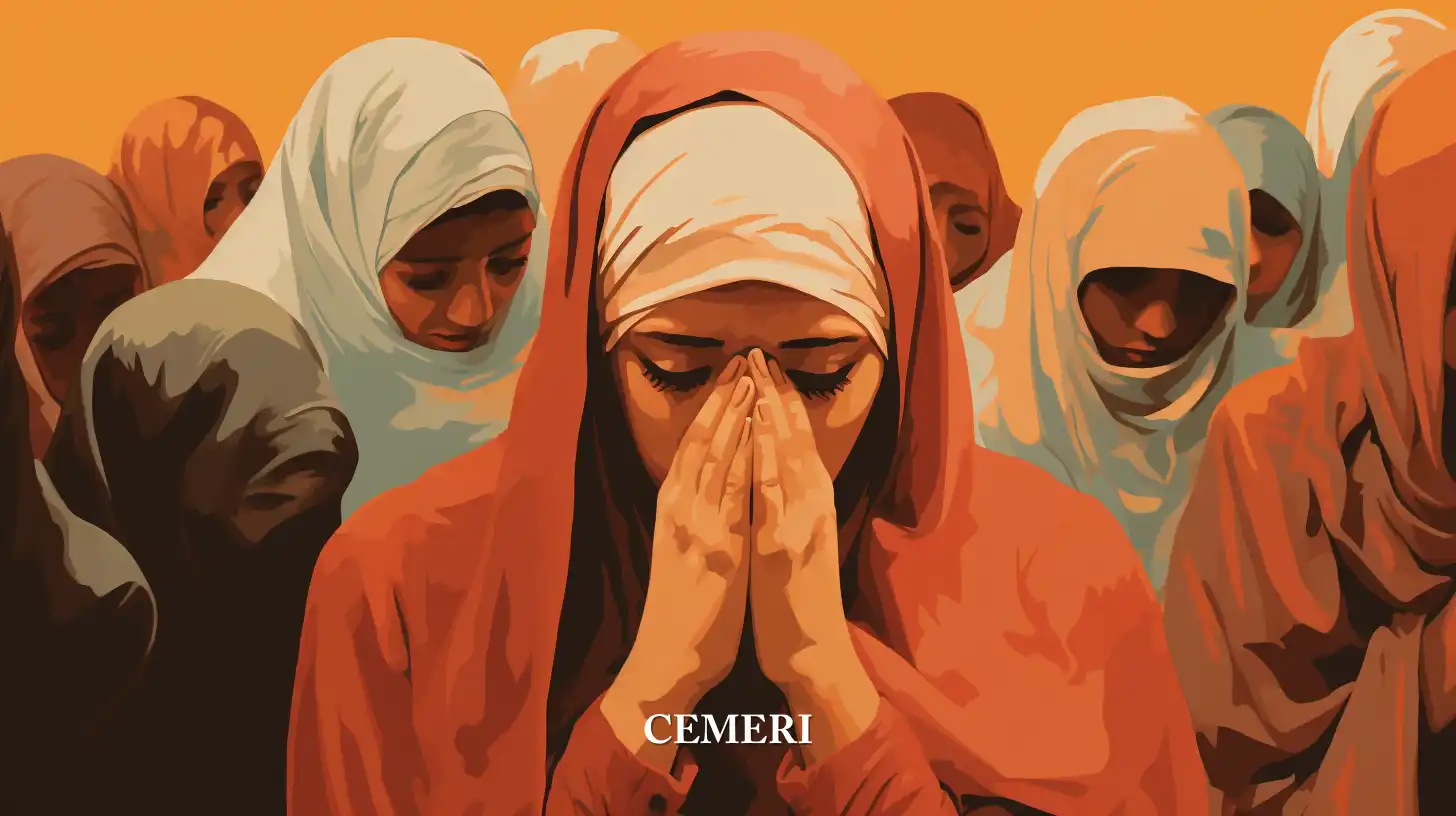Encyclopedia
Ángel Salazar
What are the poorest countries in the world?
- And the reasons that led them to that terrible scenario.

According to the World Bank, we understand poverty as the lack of everything necessary to ensure material well-being, particularly food, but also housing, land and other assets. Poverty implies a lack of many resources that gives rise to hunger and various deprivations that prevent satisfying basic needs such as food, housing, education, health, among others. It is important to know that there are two types of poverty that are divided by certain indicators. The two types of poverty are:
Income poverty
Determined by food poverty, which is the ability to obtain the basic food basket, capacity incapacity, which refers to the inability to meet the necessary expenses to satisfy basic resources, finally, patrimonial, which is also It refers to the insufficiency of capital to cover expenses in food, health, transportation, etc.
Poverty with social lag index
It incorporates indicators such as education, access to health services, basic services, or quality and living spaces and assets in the home, and is calculated at three levels of geographic aggregation: state, municipal, and local (UNAM , 2010).
To determine the category of education, the percentage of the population that does not attend school, that is illiterate, or that does not have or has incomplete basic education is considered; With respect to health, the population that does not have the right to access it is considered, and for housing, physical aspects are considered, such as the construction materials of the home, the number of people who live in it, whether they have access to drain or electrical power.
It is clear that the definitions of poverty, and the factors that cause it, are different around the world and have changed over time. For the year 2005, the World Bank considered as a parameter to measure poverty that people who lived with the amount of $1.25 dollars per day fell within the line of extreme poverty. That amount was updated for the year 2015, determining that people who lived a day with $1.90 dollars were in extreme poverty.
Despite the fact that the end of poverty is the first of the UN Sustainable Development Goals, it has not been eradicated. The global extreme poverty rate decreased from 10.1% in 2015 to 9.2% in 2017, equivalent to 689 million people living on less than $1.90 a day. In 2017, at the highest poverty lines, 24.1% of the world lived on less than $3.20 a day and 43.6% on less than $5.50 a day. In 2018, out of every five people below the international poverty line, four lived in rural areas. (World Bank, 2021).
It is considered that as a consequence of the effects of COVID-19, the decreases in the extreme poverty rate will be affected, since this rate will increase considerably. For the year 2020, it was estimated that there was an approximate number of 730 million people globally who are in a situation of extreme poverty (World Bank, 2021).
The measurement of the scale of extreme poverty worldwide is useful to monitor changes in the population that is living in this situation, to make greater alternatives in places that need help, and to evaluate the efforts made to modify the level of life of the population that lacks the basic well-being to live.
Of the 48 poorest countries in the world, more than three-quarters are on the African continent. This means that more than half of the countries in Africa are among the least developed and with the highest poverty rate. (UNHCR UNHCR, 2017). Several of these countries are even considered humanitarian emergencies; Added to that, the high birth rate in the African continent causes children are the main victims of the affectations caused by living in extreme poverty such as hunger and malnutrition.
It is curious and unfortunate that the African countries that head the list of extreme poverty worldwide have remained in their respective positions for many years, such is the case of the Central African Republic, which as a result of the clashes between the Seleka and Anti balaka has caused people to flee their villages. There are half a million people displaced within the country. Approximately 6,000 live in Bangui, the capital of the Central African Republic. More than half are underage boys and girls who have been able to flee from forced recruitment to be child soldiers, cooks, messengers or sexual slaves. Hunger, malnutrition and scarcity of resources are other consequences of the conflict. (UNHCR UNHCR, 2017).
Burundi is another example, since after the coup in Bujumbura, more than 300,000 people depend on humanitarian aid to survive in this country (UNHCR UNHCR, 2017). Below is a table with the data obtained from Our World in Data that shows the percentage of extreme poverty during 2019 of the seven countries most affected.
| Country | Extreme poverty |
|---|---|
| South Sudan | 80.71% |
| Madagascar | 76.55% |
| Democratic Republic of the Congo | 70.99% |
| Central African Republic | 70.76% |
| Somalia | 70.76% |
| malawi | 67.55% |
| Guinea Bissau | 62.65% |
It is disturbing to review these figures and compare the index concentrated in African countries with some countries that make up Europe, which shows an abysmal difference in the extreme poverty index.
Sources
https://archivos.juridicas.unam.mx/www/bjv/libros/6/2974/4.pdf , 14 de febrero de 2022.
https://www.manosunidas.org/observatorio/pobreza-mundo/definicion-pobreza
https://eacnur.org/es/actualidad/noticias/emergencias/cuales-son-los-paises-mas-pobres-del-mundo
https://www.bancomundial.org/es/topic/poverty/overview#1
https://ourworldindata.org/grapher/share-of-population-in-extreme-poverty?country=COD~MEX~USA~MDG~BOL~GHA~VNM~B,

